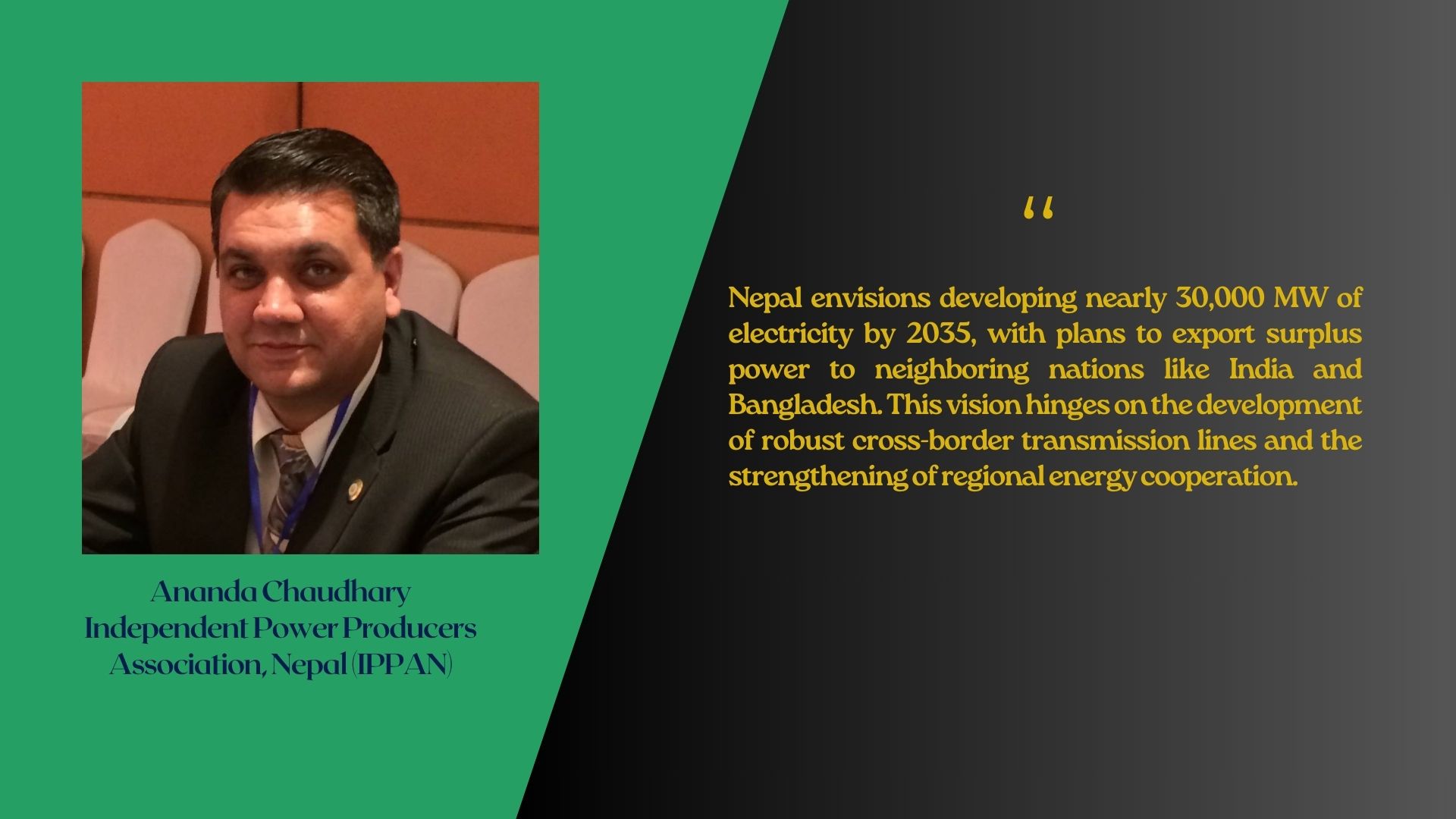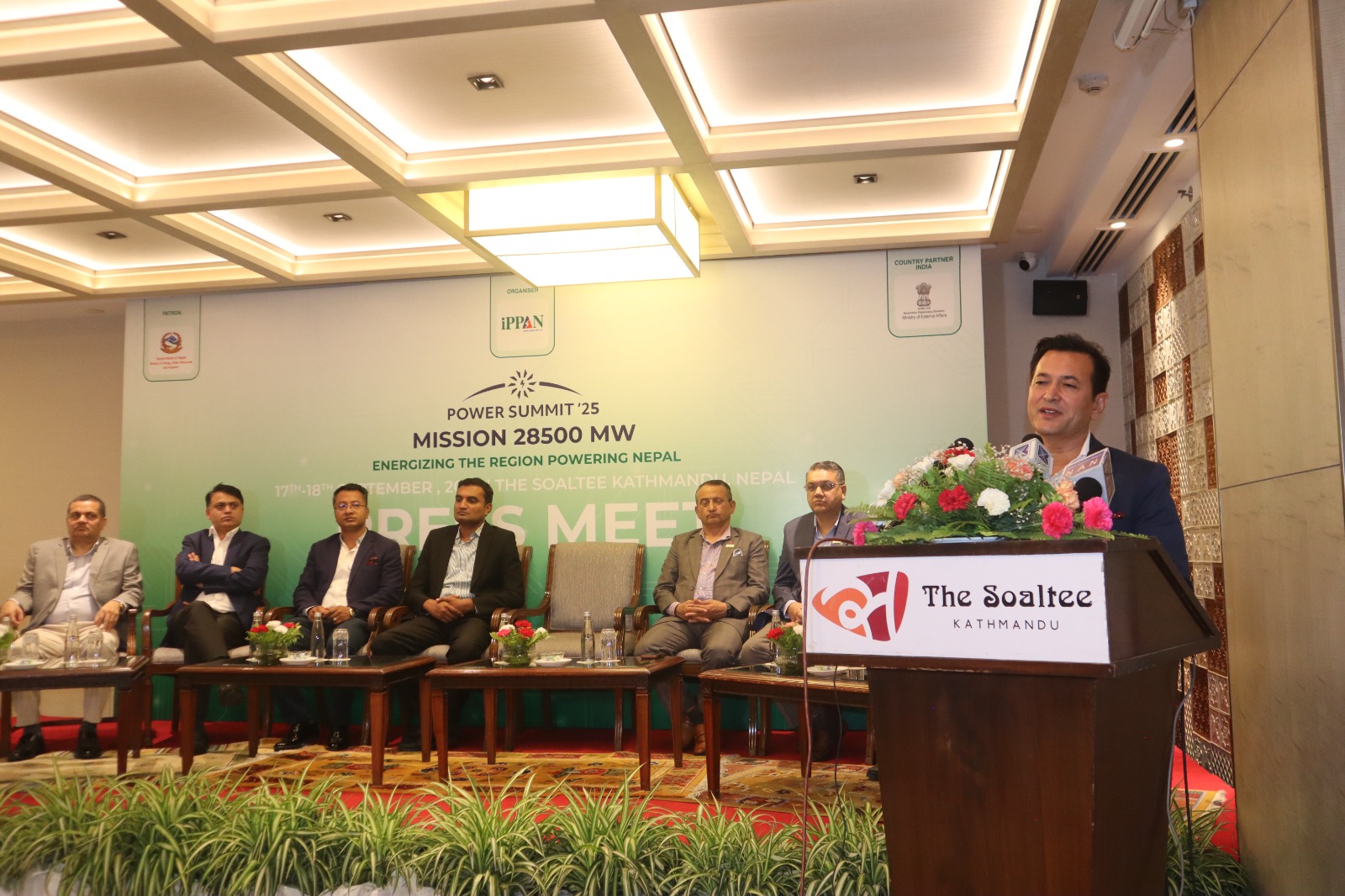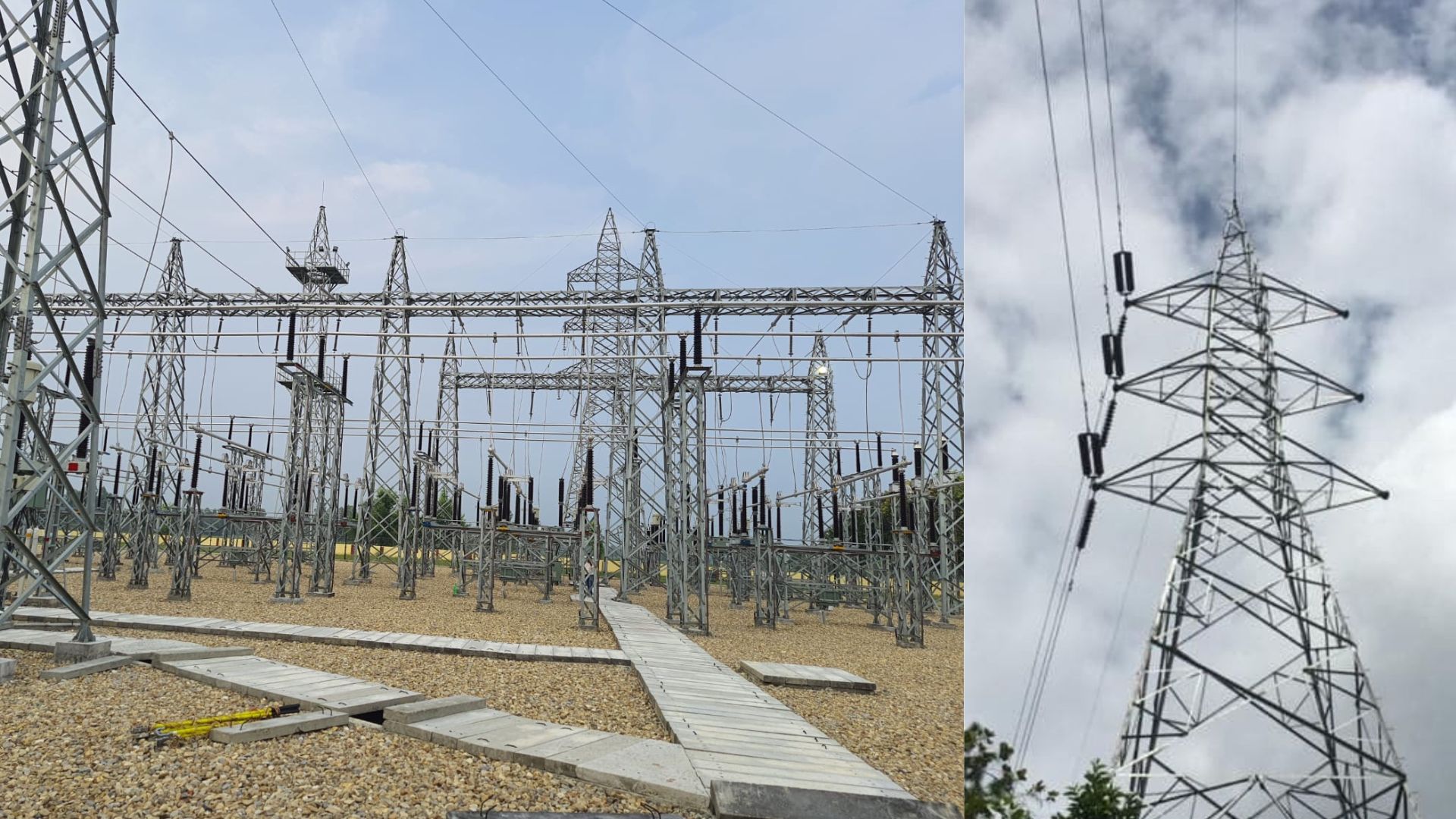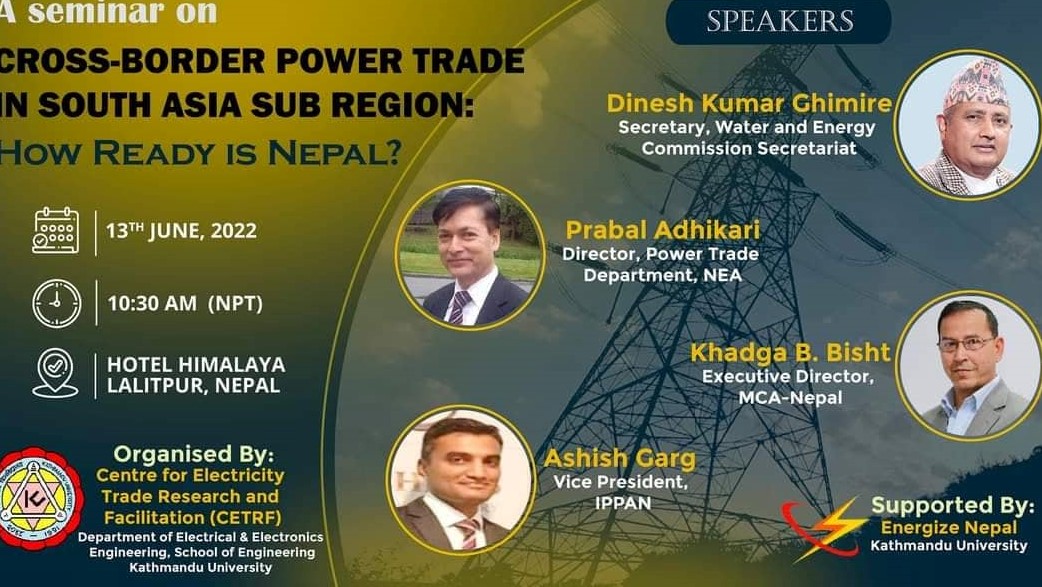
Nestled amidst the majestic Himalayas, Nepal has not only captivated the world with its breathtaking landscapes and rich cultural tapestry but also harbors a hidden treasure trove – the immense potential of hydropower. In recent years, Nepal has embarked on a journey to unlock this potential, transforming itself from a nation grappling with energy shortages to a burgeoning regional energy powerhouse.
Pivotal role of IPPs
This remarkable journey is intricately linked to the rise of Independent Power Producers (IPPs) in Nepal’s hydropower sector. These private entities have played a pivotal role in financing, constructing, and operating hydropower plants, injecting much-needed capital and expertise into the sector. As of 2023, IPPs contribute a staggering 76 percent of Nepal’s total electricity generation, a testament to their crucial contribution.
Independent Power Producers (IPPs) play a pivotal role in Nepal’s hydropower landscape. Their infusion of financial resources facilitates the development of large-scale projects, tapping into the country’s estimated 83 GW potential. Committed to cutting-edge technologies and efficient practices, IPPs contribute to optimized energy production and enhanced plant performance. This commitment also fosters a competitive environment within the sector, leading to cost reductions and overall efficiency improvements in the electricity market.
Beyond their economic impact, hydropower projects developed by IPPs often bring about positive socio-economic changes in rural communities. This includes job creation, infrastructure development, and improved access to electricity, contributing significantly to the overall development and well-being of these areas. The collaboration between IPPs and the local communities underscores the multifaceted benefits of private sector involvement in Nepal’s hydropower sector.
The fruits of this transformation are now evident. Nepal, which faced acute power shortages as recently as 2012, has achieved self-sufficiency and even embarked on exporting electricity. In 2023 alone, Nepal exported electricity worth NPR 11.8 billion to India, with neighboring Bangladesh receiving the first 50 megawatts of its import deal. This export potential provides a secure market for Nepalese electricity and generates much-needed revenue for further infrastructure development and social welfare programs.
Energy importer turns exporter
The fruits of this transformation are now unmistakably evident. Nepal, which grappled with acute power shortages as recently as 2012, has successfully achieved self-sufficiency and has even embarked on exporting electricity. In 2023 alone, Nepal exported electricity valued at NPR 11.8 billion to India, marking a significant milestone. Additionally, neighboring Bangladesh received the first 50 megawatts of its import deal. This burgeoning export potential provides a secure market for Nepalese electricity and generates crucial revenue for further infrastructure development and social welfare programs. This success story underscores the positive impact of Nepal’s strides in the hydropower sector on its economic resilience and regional collaboration.
The country envisions developing nearly 30,000 MW of electricity by 2035, with plans to export surplus power to neighboring nations like India and Bangladesh. This vision hinges on the development of robust cross-border transmission lines and the strengthening of regional energy cooperation.
India, driven by its “Neighborhood First” policy and a desire to reduce reliance on imported energy sources, has partnered with Nepal to realize this regional power dream. The recent landmark agreement, signed during the January 2024 visit of India’s External Affairs Minister Dr. S. Jaishankar, stands as a testament to this commitment. This long-term electricity trade agreement guarantees India’s import of 10,000 megawatts of electricity from Nepal daily for the next decade, a game-changer for both nations.
For Nepal, this agreement ensures a secure market for its surplus electricity, attracting further investment in its hydropower sector and contributing to economic growth. For India, it provides a reliable source of clean energy, reduces dependence on imported energy sources, and strengthens its position as a regional energy leader.
This bilateral cooperation extends beyond just power trade. India is also assisting other South Asian nations like Bangladesh and Sri Lanka in developing their energy infrastructure. By providing financial aid and expertise, India aims to create a more integrated regional energy market that benefits all stakeholders.
The potential benefits of this interconnected energy future are significant. Lower energy costs for consumers, enhanced energy security for the entire region, and a pollution reduction are just some of the promising outcomes. Additionally, stronger regional cooperation fostered by shared energy resources can pave the way for economic prosperity and closer ties between South Asian nations.
Bright future amid challenges
Streamlining permitting processes, enhancing grid infrastructure, and ensuring financial stability stand out as crucial areas for regional improvement in the South Asian energy landscape. Furthermore, addressing environmental concerns and prioritizing sustainable hydropower development must remain at the forefront of regional initiatives.
Despite these challenges, the future of South Asian energy appears promising. Nepal’s hydropower boom, propelled by the innovative spirit of IPPs and reinforced by regional cooperation, holds immense potential for the entire region. As cross-border power grids materialize and energy ties strengthen, the Himalayas may soon serve as not only a source of inspiration but also illuminate a brighter, more interconnected future for South Asia. The collaborative efforts in the energy sector pave the way for shared prosperity and sustainable development across the region.
(Chaudhary is Vice President Of IPPAN, His article is taken from a recently published memoir titled ‘Urja Samriddhi‘ by the Independent Power Producers Association, Nepal (IPPAN)









